Commercial chilli farming business is a very common and popular business in many countries around the world. It is also known by some other names such as chili pepper, chile, chile pepper, chilli pepper etc.
Chilli is the berry-fruit of plants from the genus Capsicum which are members of the nightshade family, Solanaceae. It is very common and popular in many countries around the world.[1]
Chillies are widely used in many cuisines as a spice to add pungent ‘heat’ to dishes. Chilli peppers actually originated in Mexico. After the Columbian Exchange, many cultivars of chilli pepper spread across the world, and used for both food and traditional medicine. Today, it is popular and cultivated in many countries around the world.
Around 34.5 million tonnes of green chillies and around 3.9 million tonnes of dried chillies were produced worldwide in the year of 2016. China was the world’s largest producer of green chilli, providing half of the global total. Global production of dried chili peppers was about one ninth of fresh production, led by India with 36% of the world total.
However, commercial chilli farming is a common and popular business throughout the world. It’s very easy and require less capital for starting commercial chilli farming business.

Advantages of Chilli Farming Business
Starting commercial chilli farming has numerous advantages. It is a very old and common business throughout the world. It’s possible to make good profits from this business. Starting commercial chilli farming business is relatively easy and simple. Even the beginners can also start this business.
We recommend learning from existing farmers before starting commercial chilli production. Here we are trying to describe about the top advantages of commercial chilli farming business.
- High demand and value of both green and red chillies are the main advantages of chilli farming business.
- Large scale chilli farming is an old and established business, so you don’t have to worry much about this business.
- It’s a profitable business and many people are already doing this for making money.
- Initial investment or capital requirement in commercial chilli farming business is relatively low as compared to many other commercial crops.
- Both demand and value of chilli are high in the market. So, you don’t have to worry about marketing your products.
- Chilli plants are very strong and hardy and they require less caring and other management. And caring process of the chilli plants is very easy and simple.
- Chillies are nutritious and have numerous health benefits. You can enjoy chillies daily in many different ways.

How to Start Chilli Farming Business?
Starting commercial chilli farming business is very easy and simple, just like other crop farming business. Chilli plants are very strong and hardy, and they require less caring and other management.
You can start this business easily even if you are a beginner. Although, we recommend having training first before starting. Here we are trying to describe more about the steps of starting and operating a successful chilli farming business from planting, caring to harvesting and marketing.
Step 1: Learn Practically
First of all try to learn more about this business practically from any of your nearest farmers or training centers. Like many other crop farming business, having practical knowledge is very important for starting and operating a successful chilli farming business. We recommend starting this business in small scale, gather practical knowledge and expand your business gradually.
Step 2: Complete A Training
Completing a training is also very important and helpful for operating this business. You can complete chilli production business from any of your nearest agriculture extention office, from any existing farmers or from any government or non-government organizations. So, try to complete a training before starting this business commercially.
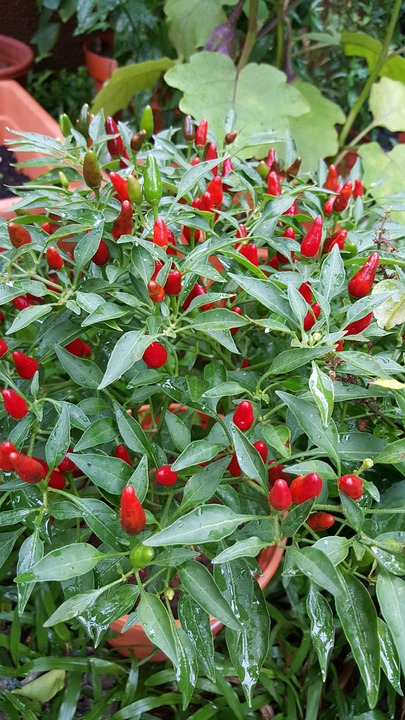
Step 3: Make An Effective Business Plan
Making a good and effective business plan is very important for starting and running your business perfectly. So, try to make a very good and effective chilli farming business plan before starting and work according to the plan. You can ask for help from an expert if you are new in this business.
Step 4: Select A Good Location/Site
Chilli plants can be grown in a range of soils. But black soils which retain moisture for long periods are suitable for rainfed crop whereas well-drained soils, deltaic soils, and sandy loams are good under irrigated condition. Chilli crop prefers a soil reaction ranging from pH 6–7.
Step 5: Prepare Land Perfectly
You have to prepare the land perfectly for growing chillies. The chilli plants can be grown in all types of soft but sandy, loam, clay loam and loam soils are best suited for it.
The soil must have to be well drained and well aerated. Acidic soils are not suitable for chilli farming business. Prepare the land by giving 2-3 ploughings and clod crushing after each plowing.
Add adequate amount of compost or farm yard manure while preparing the land. Add 15-20 tonnes of compost or FYM per acre and mix well in the soil at least 12-20 days before sowing or planting transplants.
At the last plowing, O. H. C. at the rate of 8-10 kg per acre of Aldrin or Heftaf at the rate of 10-15 kg per acre should be applied to the soil for protecting the soil from white ants and other soil pests.
Step 6: Consider Climate Requirement
The chilli is actually a plant of tropical and subtropical region. It grows well in warm and humid climate and a temperature range between 20° C and 25° C. Low moisture into the soil cause the bud, deblossom and fruit drops, during blossom development and fruit formation.
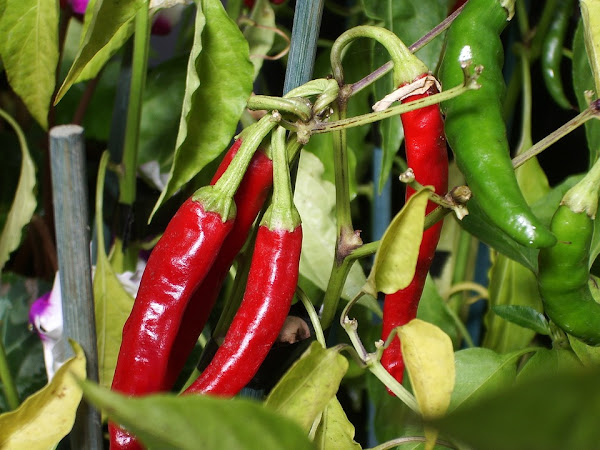
Excessive rainfall is detrimental to the crops because it brings about defoliation and rotting of the plant. As a rained crop, chillies are grown in areas receiving annual precipitation of 25 to 30 inches.
Step 7: Select The Right Varieties/Cultivars
There are numerous varieties or cultivars available throughout the world. You can choose any variety depending on it’s availability in your area. Consult with some of your local farmers.
Step 8: Purchase Good Quality Seeds/Plants
The chilli plants are propagated by seeds. And the seeds are highly available in almost every local market. You can buy easily from your local market.
Step 9: Planting
Planting of chilli can be done either by planting transplant or by direct sowing of seeds. Plants/seedlings of 40 to 45 days old are used for transplantation. Use row to row spacing of 75 cm and plant to plant spacing of 45 cm.
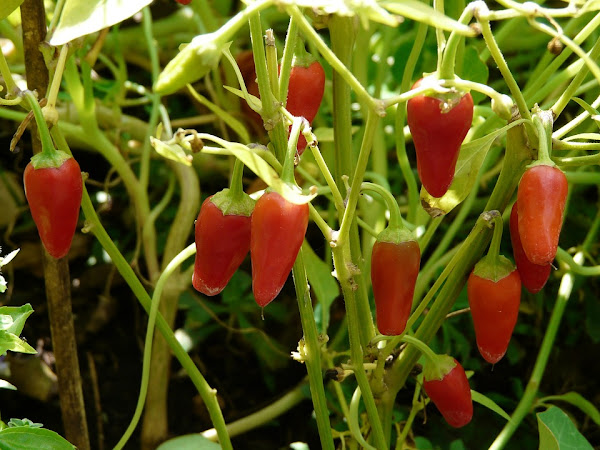
Direct sowing is practiced under rainfed conditions. The seeds are drilled by the end of March or first week of April for direct sown crop. Seed rate is 2.5 to 3.0 kg per acre. Thinning and gap filling is done on a cloudy day is done after 30 to 40 days of sowing.
Step 10: Caring
The chilli plants generally require less caring and other management. Although, taking additional caring will help the plants to grow well and produce more. Here we are trying to describe more about the caring process of chilli plants.
Fertilizing: Apply Nitrogen at the rate of 25kg in form of Urea Nitrogen at the rate of 55kg/acre, Phosphorus Nitrogen at the rate of 12kg in form of Single Super Phosphate Nitrogen at the rate of 75kg and Potash Nitrogen at the rate of 12kg in form of MOP (Murate of Potash) Nitrogen at the rate of 20kg/acre. Apply half dose of Nitrogen and full dose of Phosphorus and Potash at time of transplanting. Apply remaining amount of nitrogen after first picking.
Watering/Irrigation: Chilli plants can’t withstand heavy moisture, so apply irrigation only when needed. Heavy irrigation causes lanky vegetative growth and flower drop. Number of irrigation and interval of irrigation depend on soil and climatic condition. If plant show dropping at 4 pm, it is indication of plant needed irrigation. Flowering and fruit development are most critical stages of water requirement. Stagnation of water should not be allowed in nursery and field as it causes fungal infection.
Mulching: Mulching helps to retain moisture into the soil, and it also helps to prevent weeds. Use organic materials for using as mulching.
Pests & Diseases: Common pests of the chilli plants are fruit borer, mite, aphid white fly etc. And common diseases of the chilli plants are powdery mildew, thrips, die back and fruit rot, wilt and damping off, anthracnose, bacterial leaf spot, yellow mosaic etc.

Step 11: Harvesting
You can start harvesting either green or ripen chillies depending on market demand and value. To increases number of pickings, spray Urea at the rate of 10gm/Ltr and Soluble K at the rate of 10gm/Ltr (1% solution each) with 15 days interval during harvesting time.
For canning purpose they are harvested when fruits are of red color. Chilly use for drying purpose is harvested at full ripe stage.
Step 12: Yield
It’s not possible to tell the exact number, because the total yield varies according to the system of cultivation. The yield of dry chillies of the rain-fed crop is between 200 and 400 kg and that of the irrigated crop is 600 tto 1000 kg per acre.

Step 13: Marketing
This is the most important part of commercial chilli farming business. You won’t be able to make good profits if you can market your products properly. So, determine your marketing strategies before starting this business. Both demand and value of chillies are very high in the market. So, you will be able to sell your products easily in the local market.

These are the common steps and ways for starting and operating a successful chilli farming business. Hope this guide has helped you. Good luck & may God bless you!
Frequently Asked Questions (FAQs)
People ask many questions about chilli farming. Here we are trying to list the most common questions about chilli farming, and trying to answer them. Hope you will find your answer. Don’t hesitate to ask us if you have more questions.
What are the nutritional value of chilli?
Chillies are very nutritious and good for human health. Red chilli contain large amounts of vitamin C, and other species also contain significant amounts of provitamin A beta-carotene. In addition, chillies are also a rich source of vitamin B6. Chillies also provide some carbs and offer a small amount of protein and fiber.
What are the health benefits of consuming chilli?
Chillies are nutritious and there are many health benefits of consuming red chillies. Here we are trying to describe the top health benefits of consuming chilli peppers.
Chillies are rich in various vitamins and minerals but usually eaten in small amount. So, they don’t contribute significantly to your daily micronutrient intake.
Chillies are rich in antioxidant plant compounds that have been linked to various health benefits. Most notable is capsaicin, which is responsible for the pungent or hot taste of chilli peppers.
Chilli peppers may promote weight loss when combined with other healthy lifestyle strategies and may help relieve pain caused by acid reflux.
Is chilli farming profitable?
Yes, commercial chilli farming is a very profitable business. You can start this business for making good profits.
How to start chilli farming business?
First of all select a good site, prepare the land perfectly, choose the right variety, purchase seeds, plant in the field and care for the plants.
How long do chillies take to grow?
Depending on the variety, chilli plants generally take between 80 and 120 days to produce fruit.
In which month chilli is grown?
Most of the chilli plants are not seasonal, and they will grow throughout the year.
How many times chilli can be harvested?
The chilli plants can be harvested throughout the year.
Do chilli plants need a lot of water?
No, chilli plants do not need a lot of water. They need water in moderate amount. During hot periods, especially if grown inside a greenhouse, you will need to water regularly, usually twice a day.
Do chilli plants regrow every year?
There are some chilli varieties available which produce fruits for many years.
How many years do chilli plants last?
Depends on the variety. Depending on the variety, a chilli plant can last between 1.5 and 15 years.
Is chilli easy to grow?
Yes, growing chilli plants is very easy, and even the beginners can also grow them.
Do chilli plants need full sun?
Yes, having full sun will bring the best performance from your chilli plant.
Where does chilli grow best?
Chilli plants grow best in a warm and sunny spot.
Can we grow chilli in summer?
Yes, sure! Chilli plants can actually be grown throughout the year.
Which fertilizer is best for chilli plants?
Potassium as K2SO4 is essential for quality improvement of the chilli plant. And adding adequate farmyard manure is also good for the chilli plants.
How can I make my chilli plants grow faster?
Select a good area with adequate sunlight, good irrigation and good amount of organic fertilizers will help the chilli plants to grow faster.

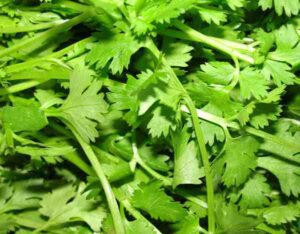




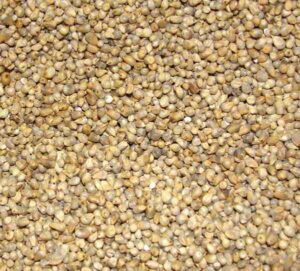
Hello, I would like to know more about the crops and the available markets. This is very interesting.
Thanks and regards,
Julie